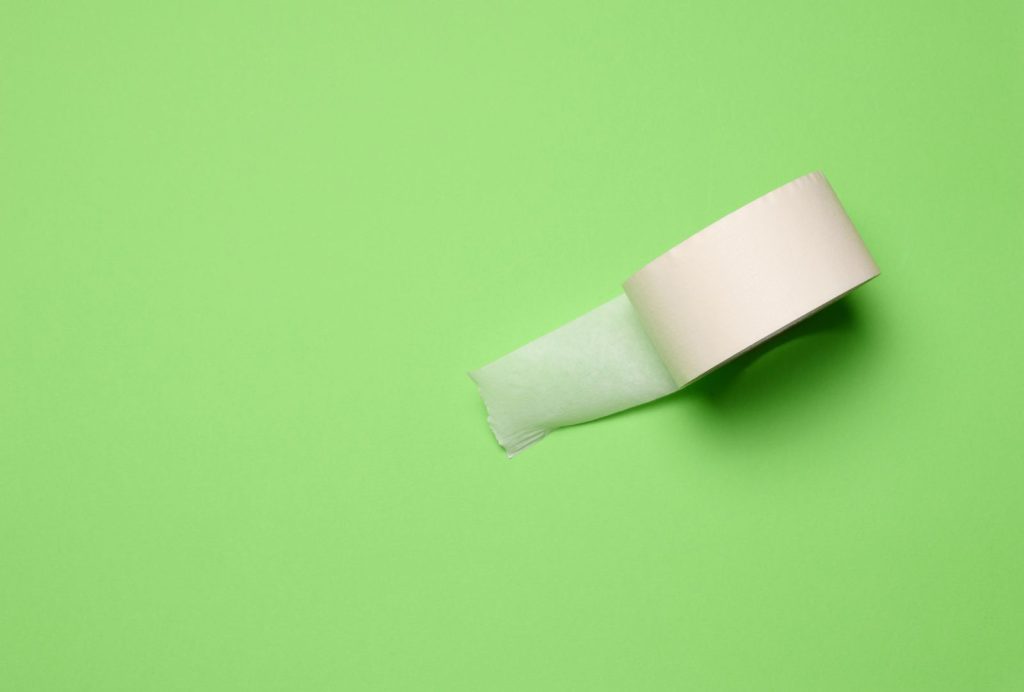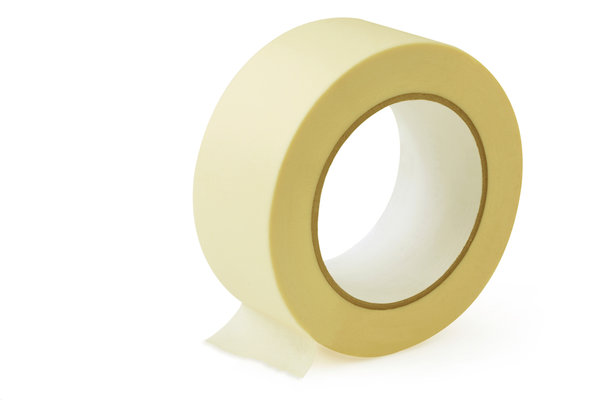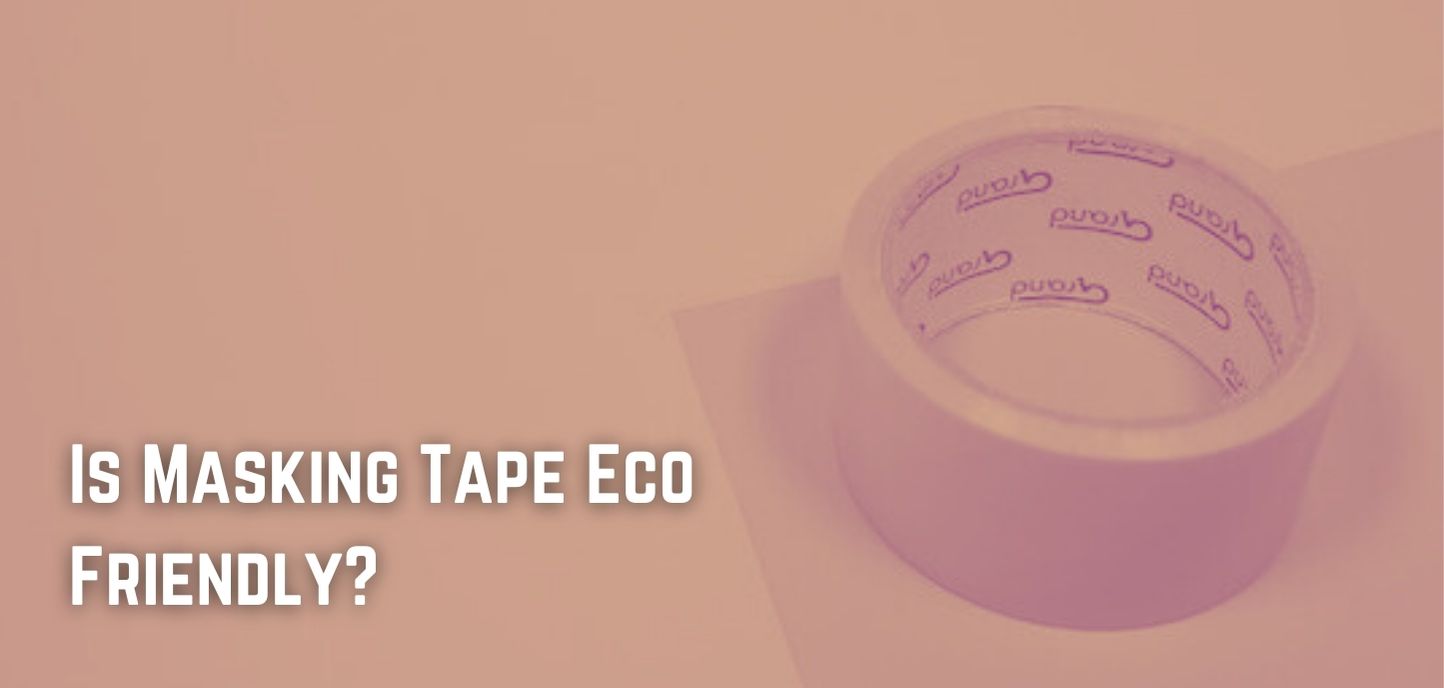Masking tape is one of the most commonly used tools in any DIY or crafting project. But what many people don’t know is that masking tape can also be eco-friendly!
In this blog post, we will discuss how the production and use of masking tape impact the environment. We’ll also provide tips for how to reduce your environmental impact when using this versatile tool.
How Eco-Friendly is Masking Tape?
Masking tape is typically made from cellulose, a type of plant-based material. This makes it biodegradable and relatively eco-friendly. However, the adhesive used on most masking tapes is not biodegradable.

When disposed of in a landfill, the tape will eventually break down, but the adhesive will remain intact and can pollute the environment.
The good news is that there are some eco-friendly options available on the market. These products use water-based adhesives that are much more environmentally friendly.
If you’re looking for an eco-friendly option, make sure to check the label before you buy!
Tips for Reducing Your Environmental Impact
There are a few things you can do to reduce your environmental impact when using masking tape:
-Reuse old strips of tape whenever possible.
-Recycle any unused or expired tape.
-Look for eco-friendly options made with water-based adhesives.
-Consider using a different adhesive altogether, such as hot glue or superglue.
Is masking tape recyclable?
Yes, masking tape can be recycled! Most recycling centers will accept it as long as the adhesive is removed. You can remove the adhesive by soaking the tape in warm water for a few minutes.
Once the adhesive is gone, you can put the tape in your recycling bin with other paper products.
Can masking tape be composted?
Composting is the process of breaking down organic matter into a more simple form that can be used as fertilizer. Masking tape is made of paper and adhesive, so it can technically be composted.

However, the adhesive on the tape can take years to break down, which means it’s not the most eco-friendly option.
If you’re looking for an eco-friendly alternative to masking tape, consider using washi tape. Washi tape is made of natural fibers like bamboo and rice paper, so it’s biodegradable and compostable. Plus, it comes in lots of cute designs! Win-win!
Does masking tape contain plastic?
Masking tape is made of cloth and paper. The adhesive is usually rubber-based. So, masking tape is considered eco-friendly. It can be recycled and reused.
In fact, it’s one of the easiest materials to reuse because there’s no waste or leftovers.

Plus, it doesn’t take up a lot of space in your recycling bin!
When the masking tape is used and then removed from surfaces, it can leave behind a residue that will need to be cleaned up. The best way to avoid this is to use low-tack masking tape, which does not leave a residue behind when it is removed.
How to Remove Masking Tape Residue?
If you need to remove masking tape residue from a surface, there are a few methods you can try:
-Soak the area in warm water and dish soap. Rub the adhesive with your fingers or soft cloth until it’s gone.
-Use Goo Gone or another adhesive remover. Be careful not to get the product on surrounding surfaces.
-Try using peanut butter or cooking oil. Apply the product to the adhesive and let it sit for a few minutes. Rub the adhesive off with a soft cloth.
-Use nail polish remover. Be careful not to get the product on surrounding surfaces.
When removing masking tape residue, be sure to avoid using harsh chemicals or solvents that can damage the surface. If you’re not sure what to use, test a small area first.
Masking tape is a versatile and handy tool, but it’s important to be aware of its environmental impact. By recycling or composting your old tape, and choosing eco-friendly options when possible, you can help reduce your impact on the planet.





